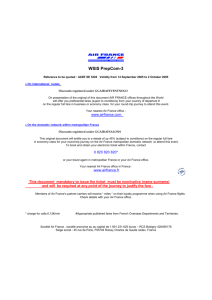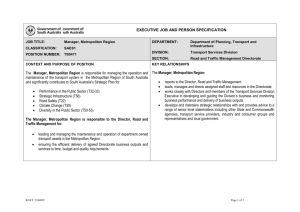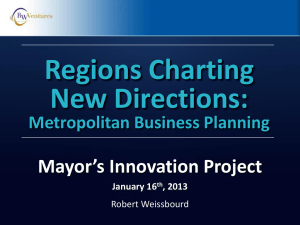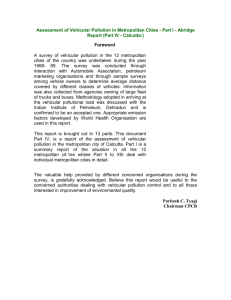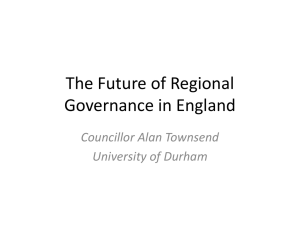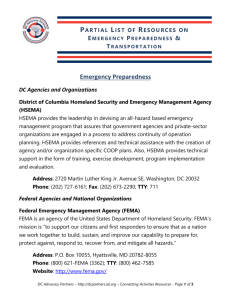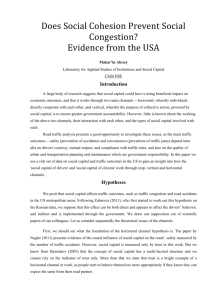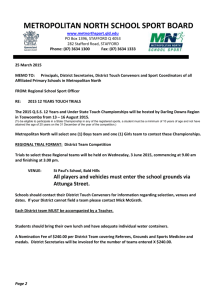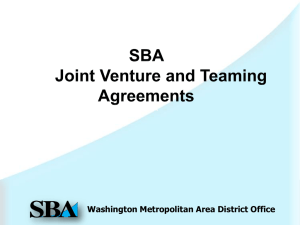New Fare Payment Systems
advertisement
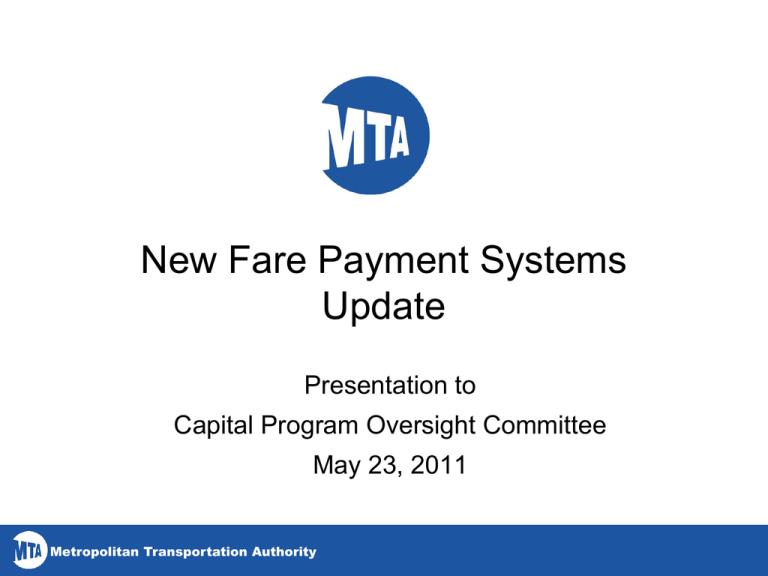
New Fare Payment Systems Update Presentation to Capital Program Oversight Committee May 23, 2011 Metropolitan Transportation Authority Agenda • Goals • Concept • Challenges • Moving forward Metropolitan Transportation Authority 2 MTA goals • Lower cost of revenue collection − Average 15¢ cost per revenue dollar collected • Integrate fare payment across modes & agencies • Substantially reduce cash use • Speed up performance at turnstiles & fareboxes − Speed up bus boarding and reduce dwell times • Future-proof Metropolitan Transportation Authority 3 Fare payment concept • Account-based, not card-based – More like E-Z Pass, less like MetroCard • Account may reside with bank, MTA, mobile phone network or other 3rd party provider • For entry, customer will tap, not swipe, at readers on turnstiles and fareboxes • Tap contactless credit/debit card, prepaid card, phone or MTA Card Metropolitan Transportation Authority 4 Fare payment concept (cont.) • Encourage customers to self-serve on-line, at ATMs and kiosks, and via widespread external network of retail merchants • Leverage existing payment industry infrastructure, products and services • Use relatively inexpensive and commercially available off-the-shelf-hardware and software • Applicable to all modes and agencies – All agencies involved in concept development – All agencies have or will have pilots Metropolitan Transportation Authority 5 Commuter railroad pilots • One pilot for each LIRR and MNR – On-board and off-board payments • Plus test handheld devices • Pilots commence in 1Q 2012 Metropolitan Transportation Authority 6 Industry outreach • Suppliers • Transit authorities Metropolitan Transportation Authority 7 Industry outreach: Suppliers • Widespread industry interest about this project • May 10: 150 representatives from 80 vendors − Payment industry including banks and other issuers, card brands, acquirers − System integrators − Hardware manufacturers − Wireless network carriers − Fare collection system suppliers − IT service companies Metropolitan Transportation Authority 8 Industry outreach: Transit authorities • Current implementations of open payments − London (TfL) − Salt Lake City (UTA) • In close contact with major US transit systems that are procuring open payment systems • Working with regional partners on seamless intermodal travel − NJT − PANYNJ/PATH Metropolitan Transportation Authority 9 Fare payment challenges • Installation of bus readers • Managing commercial relationship with payments industry • Subway communications networks • MTA-issued card & reload network • Transition from MetroCard − Customers − Employees • Effective communication Metropolitan Transportation Authority 10 Moving forward: Next 6 months • Develop detailed requirements for MTA-issued card and reload network • Develop Project Plan: requirements, cost estimate, schedule, procurement strategy • Develop payments industry negotiation strategy • Finalize subway communications networks plan • Select System Integrator • Install hardware on Staten Island buses Metropolitan Transportation Authority 11
